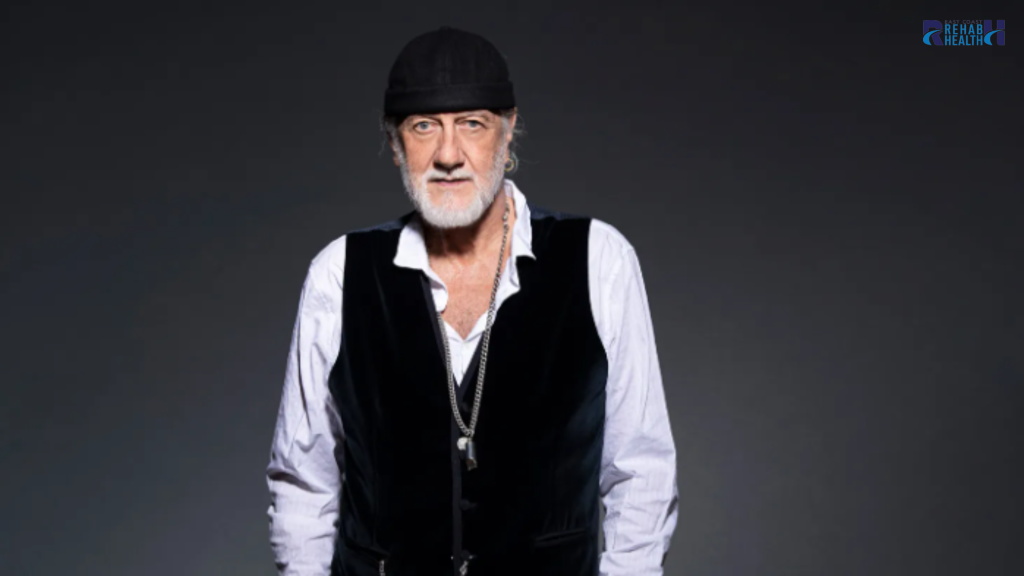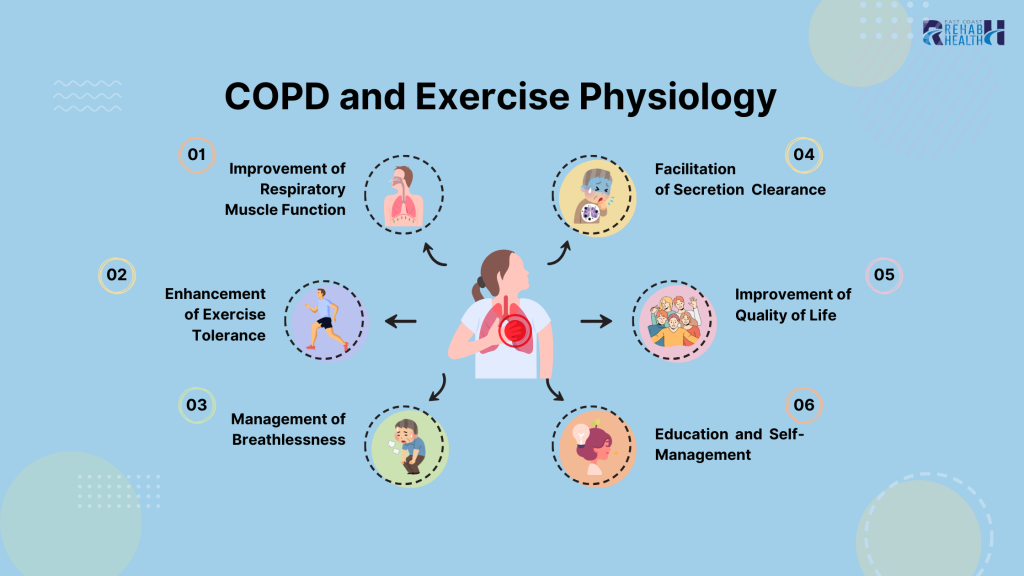Chronic Obstructive Pulmonary Disease (COPD) is a lung condition that poses significant challenges to those it afflicts, impacting their ability to breathe freely and enjoy life’s simple pleasures. However, it is not a battle faced in silence or solitude. Many renowned individuals have come forward with their diagnoses, turning their personal struggles into powerful narratives of awareness, hope, and resilience. Among them, Leonard Nimoy, the iconic actor best known for his role as Spock in “Star Trek,” and Loni Anderson, a celebrated actress whose elegance graced television screens in ‘WKRP in Cincinnati.’
Their stories, along with others from various walks of life, illuminate the realities of living with COPD and underscore the vital importance of management strategies, including exercise physiology, in improving quality of life. This introduction seeks to draw back the curtain on their journeys, shedding light on the ways in which these public figures have navigated their diagnoses, advocating for better understanding and treatment of COPD, and inspiring others to approach this condition with courage and determination.
“Voices of Resilience: Prominent Figures Battling COPD”
Leonard Nimoy: Embracing Exercise for Better Breathing

FRED PROUSER / Reuters
Leonard Nimoy, the beloved actor famous for his role as Spock in “Star Trek,” was diagnosed with COPD in his later years. Nimoy was an active advocate for COPD awareness, sharing his journey and the importance of quitting smoking. While specific details of Nimoy’s exercise regimen are not publicly documented, it’s known that exercise is a critical component of COPD management, potentially improving breathing muscle strength and overall endurance. Pulmonary rehabilitation, a type of exercise physiology, could have been part of his treatment plan, emphasizing the importance of physical activity even with COPD.
Loni Anderson: A Journey with COPD

Loni Anderson, the renowned actress, has been vocal about her diagnosis of COPD. Anderson’s condition was partly attributed to second-hand smoke exposure, highlighting the disease’s diverse causes. She has shared her experiences with various treatment modalities, including the significance of exercise. For individuals with COPD like Anderson, exercise physiologists often recommend tailored exercise programs that focus on low-impact activities such as walking, cycling, and strength training. These exercises are designed to improve lung function, increase stamina, and enhance the overall quality of life.
Mick Fleetwood: Rocking Against COPD

Mick Fleetwood, the iconic drummer and co-founder of Fleetwood Mac, has not publicly disclosed having COPD, but his lifestyle and the demands of his profession put him at risk for respiratory conditions, including COPD. For musicians and performers, especially those who have smoked or been exposed to smoke, maintaining lung health is paramount. Exercise physiology can offer specialized breathing exercises and endurance training, essential for performers to sustain their energy on stage and manage potential COPD symptoms.
COPD and Exercise Physiology

Exercise physiology is highly recommended for patients with Chronic Obstructive Pulmonary Disease (COPD) due to its comprehensive approach in managing the disease’s symptoms. The main goals include slowing its progression, and enhancing the patients’ quality of life. The multifaceted nature of exercise physiology, which includes exercise training, breathing techniques, and education, addresses the physical, psychological, and educational needs of COPD patients. Here are the key reasons why exercise physiology is an essential component of COPD management:
Improvement of Respiratory Muscle Function
COPD can lead to the weakening of the respiratory muscles, making it difficult for patients to breathe efficiently. Exercise physiology, particularly those focused on respiratory muscle training, can strengthen these muscles, thereby enhancing breathing efficiency and reducing the sensation of breathlessness.
Enhancement of Exercise Tolerance
Patients with COPD often experience a decline in their physical activity levels due to shortness of breath and fatigue. This reduction in activity can lead to muscle wasting and decreased stamina. Exercise programs designed by physiologists can help improve exercise tolerance, muscle strength, and endurance. They will enable patients to perform daily activities with less discomfort and improving their overall functional status.
Management of Breathlessness
Breathlessness is a common and distressing symptom of COPD. Exercise physiologists teach patients various breathing techniques, such as diaphragmatic breathing and pursed-lip breathing, which can help manage this symptom. These techniques encourage more efficient breathing patterns, which can help alleviate feelings of breathlessness during both rest and physical activities.
Facilitation of Secretion Clearance
COPD is often associated with increased mucus production, which can obstruct the airways and exacerbate symptoms. Exercise physiology includes airway clearance techniques, such as chest physiotherapy, positive expiratory pressure (PEP) therapy, and active cycle of breathing techniques. They help mobilize and remove secretions from the lungs, reducing the risk of infections and improving lung function.
Improvement of Quality of Life
Through a combination of exercise, education, and support, exercise physiology can significantly improve the quality of life for individuals with COPD. Patients learn how to manage their symptoms effectively. It can lead to increased independence and participation in daily activities, as well as reduced hospitalizations and exacerbations of the disease.
Education and Self-Management
Physiologists provide valuable education on COPD management, including smoking cessation, nutritional advice, and energy conservation techniques. This education empowers patients to take an active role in managing their condition. And in the long run, lead to better adherence to treatment plans and improved outcomes.
Physical activity also have been shown to reduce symptoms of depression and anxiety, which are more common in individuals with chronic diseases like COPD. By improving physical health, exercise physiology can also enhance mental well-being, providing a holistic approach to COPD management.
Exercise physiology offers a broad range of benefits for COPD patients. It addresses the physical challenges associated with the disease, as well as providing psychological support and education for long-term management. Its role in improving respiratory function, exercise capacity, and overall quality of life makes it a cornerstone of effective COPD treatment and management.
Ready to take a bold step towards managing COPD with the power of exercise physiology? Discover how legends like Leonard Nimoy and Loni Anderson harnessed exercise to combat their COPD challenges. Join us on a journey to breathe easier and live better, inspired by those who’ve walked this path before.
Dive deeper into your wellness journey. Click to learn more about our holistic approach to rehabilitation.